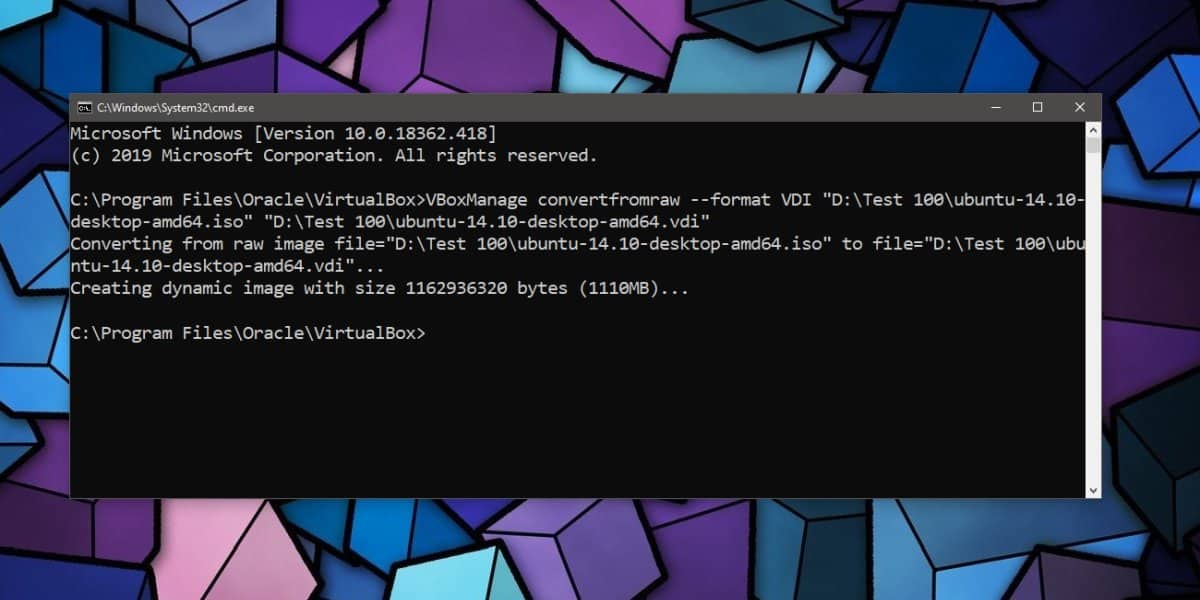
Now the installer is going to ad the macOS Ventura installer into the application directory, you don’t have to join the developer program apple.

After downloading the package installer, you have to install it on your Mac. But for now, you can use the below link to get the MacOS Ventura installer package for free. If you are part of the developer program of Apple, then you have access to the MacOS Ventura installer package. Note: Download the macOS Ventura from the App Store, if it is not there use the below method to get the macOS Ventura App. There are a couple of methods that you can use to get the MacOS Ventura, but however, the method that I recommend is the MacOS installer package. What do I mean by macOS Ventura app, it means that it should be available within the applications directory just like the other apps are available there. Not the macOS Ventura installer, not the DMG file but the application. In order to create a MacOS Ventura ISO image, the first step is to download the MacOS Ventura app. And the steps to create a MacOS Ventura ISO image or mentioned below. But if you do not have access to an ISO image of MacOS Ventura, you must create it on your own. So the fastest way is to install it through the ISO image on a Virtual machine. Since Apple has introduced a newer desktop operating system for the users, also known as MacOS Ventura Windows users are seeking to test it on their virtual machine. Now we can use this file as harddisk in our qemu boot: qemu-system-x86_64 -boot d -cdrom image.iso -m 512 -hda mydisk.Last night on the 6th June 2022, at the Apple WWDC event, Apple announced iOS 16, iPad OS 16, macOS Ventura, watchOS 9, and M2 MacBook Air. In this example we’re created an image of 10 GB. If you want to install a distribution to a harddisk image file, you need to create harddisk image file first: qemu-img create mydisk.img 10G If the device is /dev/cdrom you can boot a cd in the device like that: qemu-system-x86_64 -boot d -cdrom /dev/cdrom -m 512Ībove examples not use any harddisk, so it is suitable for live cd image case. It is also possible to use your regular cdrom device too. You have an iso image and you want to boot from it without restarting the system, simply use qemu virtual machine as below ( -m 512 says qemu will be use 512 Mb of RAM from system): qemu-system-x86_64 -boot d -cdrom image.iso -m 512 For example, if you just want user mode cpu emulation for X86-64 architecture, you need to use qemu-x86_64 binary and if you need whole X86-64 bit system emulation (like your PC), qemu-system-x86_64 binary must be used in commands below. Newer distributions have separate binaries for these two different operation modes.

If you want to simulate whole system not just the cpu (like a PC) you need to use full system emulation mode. Qemu has two operating mode named full system emulation and user mode emulation.


 0 kommentar(er)
0 kommentar(er)
